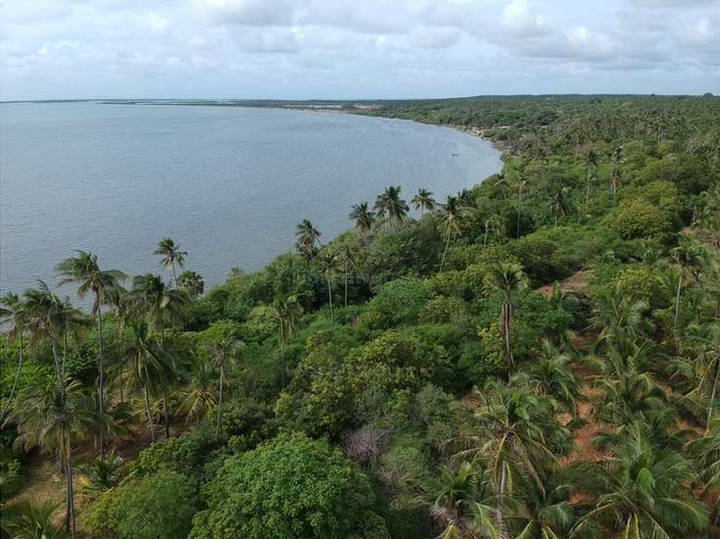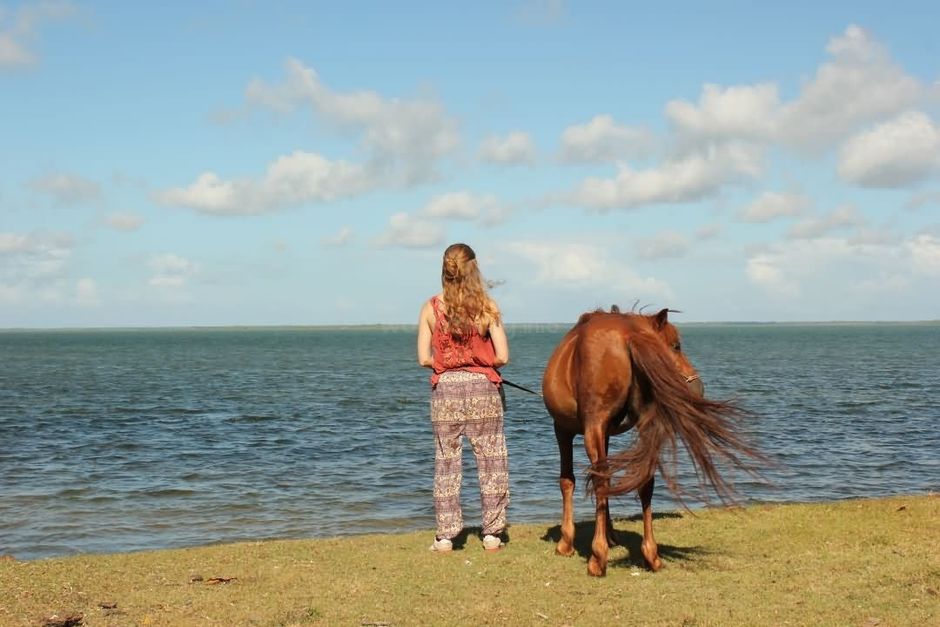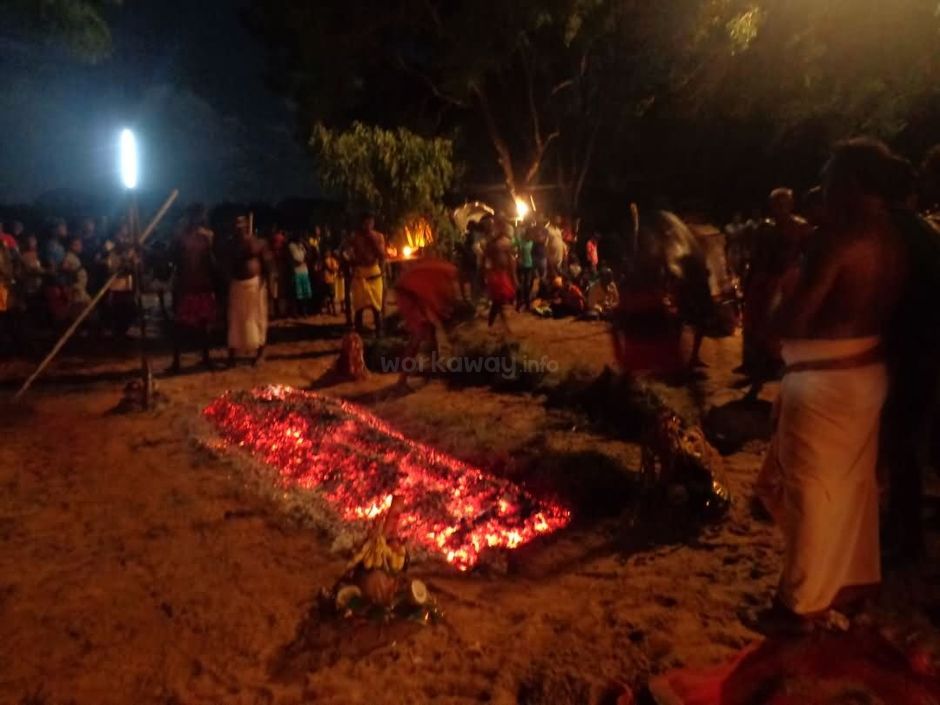
Experience a sustainable lifestyle in Sri Lanka amongst natural wildlife and local community
Here at Workaway we now have an amazing 50,000+ opportunities and volunteer exchange projects available in many different parts of the world. Every month we select an outstanding host with a lot to offer and great feedback to whet your appetite for adventure and stimulate your imagination. The ‘Workaway Host of the Month’ blog gives the reader a chance to meet some of our favourite hosts and find out what it is about their personality and project which has created such an appeal amongst fellow workawayers. This month’s host is an excellent example of what Workaway hopes to achieve, as he is just as interested in the objectives of his volunteers as he is in his own. Moreover he is well known in the community and actively supports and involves local people in his project.

His name is Tilak, a native of Sri Lanka who spent much of his youth in the UK. He has travelled extensively and has a vast knowledge of eco-construction, making him a perfect host to introduce you to the intricacies of Sri Lankan culture as well as off-grid living. We hope to learn a little more about his little slice, or rather huge plantation-sized slice, of paradise . Situated on the banks of Kalpitiya Lagoon in Sri Lanka, close to the spectacular Wilpattu National Park. Tilak’s coconut plantation is a haven of natural beauty and wildlife.
“When we think about our two weeks at Tilak’s estate we remember evenings full of stories, laughter, good music and great food, surrounded by the noises of swinging palm trees and the voices of peacocks and monkeys everywhere."


How do your visitors adapt to being immersed in the wilds?
I invariably spend the first three days on the property with the Workawayers to see how they settle in or sometimes there’s overlap with other Workawayers who can help welcome newcomers.
One extreme case was a young girl who had confessed she had a number of phobias she wanted to overcome – brave girl! One was dealing with crowds and people touching/brushing up against her and she was also afraid of the dark and encountering creepy crawlies. Putting her on a local rush hour bus sorted out the first and as for the other two my project provided a cure soon enough!

Living as you do with limited access to internet may also be a challenge for people at first (although we suspect it is also very liberating)- how do you find people react to living without constantly checking their phones?
I read the applications from Workawayers carefully. I ask that prospective Workawayers share some information in their application, to tell me about themselves, how long they’ll be in the country, what else they’d like to see & experience, how long they’d like to stay with us and how they think they could help. I encourage them to ask plenty of questions.
In fact, ONLY a detailed email from a prospective Workawayer will be considered and I immediately turn down those that haven’t answered properly – same for mails that seem cut and paste responses.

I share a downloadable document with all prospective visitors which gives the Workawayer much more information on me, my project and a lot of useful stuff on Sri Lanka to help them plan.
Ultimately this is all about helping me decide how to do some low key sustainable tourism in a remote and unspoilt area of Sri Lanka while keeping my coconut estate as the focus. Having a variety of international guests of different ages and from different backgrounds helps me to envisage the type of people I may target if and when I go into tourism. There’s a huge variety of things the Workawayer can get involved in – we are not task masters – we allow people to muck in on what they feel best.
The local market, places of worship and schools are also very interesting to visit and give you the opportunity to see and interact with real villagers in a way that many outsiders are not able to.
Visits can be made to local houses and often you will be invited to share meals. If there is a wedding or other celebration in the area as an outsider an invitation is almost a certainty. The estate and I are very much an integral part of the village life and as a visitor you will be able to join in and experience in a variety of activities that would be of interest.
Cooking – certainly learning how to cook traditionally with freshly ground spices and freshly caught seafood is something many may like to experience.



The tree trunk for wood in construction, in fact our buildings are made mainly of coconut wood and thatch. The leaves are woven into mats, bags and thatch for roofing. The husk is turned into rope and planting medium and the shell is used to make spoons and other utensils as well as for charcoal. As for food, the coconut flesh is used in cooking, to make milk and shredded to make other dishes. Lots of sweets are also made using coconut. Almost every dish in Sri Lankan cooking uses coconut in some form! Coconut water is a refreshing and healthy drink too.

As for the mangoes – we should harvest once a year, but my monkeys and other wildlife eat it all! So, ironically we buy locally when in season – crazy I know – but then I like the wildlife!!!

Thanks once again for taking the time out of your day to answer our questions, Tilak. We wish you every success with your schemes and dreams!
Do you want to be our next WA Host of the month? We are always on the lookout for hosts who have a great story to tell! Email us to let us know and you could be in our next feature!
About Workaway
Here at the Workaway team we are lucky enough to witness all the amazing experiences enabled via the site and we'd love to share them with you too! From new and improved website features for our commu
Share the Workaway idea
6 comments
Join the Workaway community today to unlock unique volunteer experiences and free accommodation with over 50,000 opportunities around the globe.
Join Now





